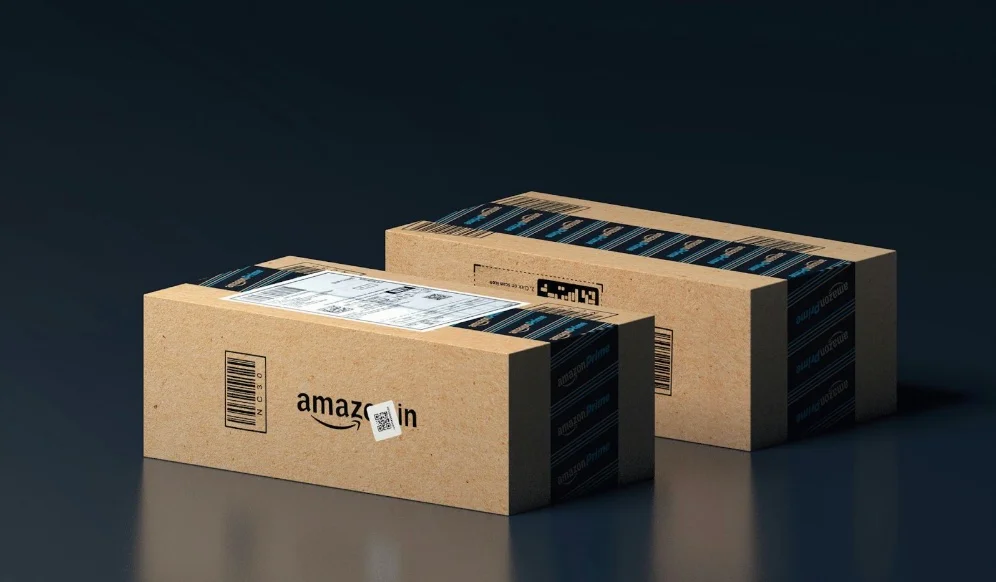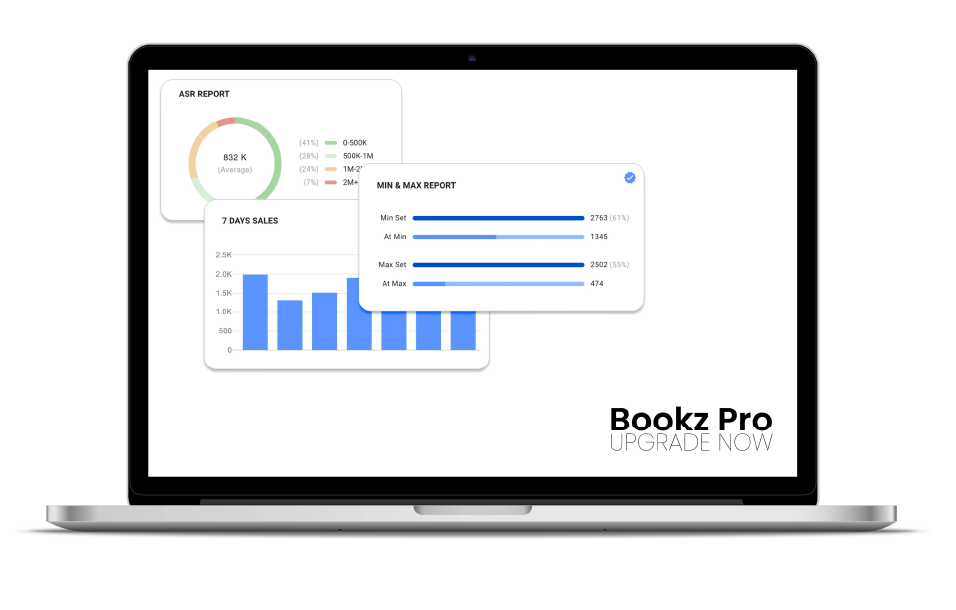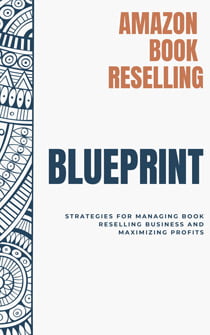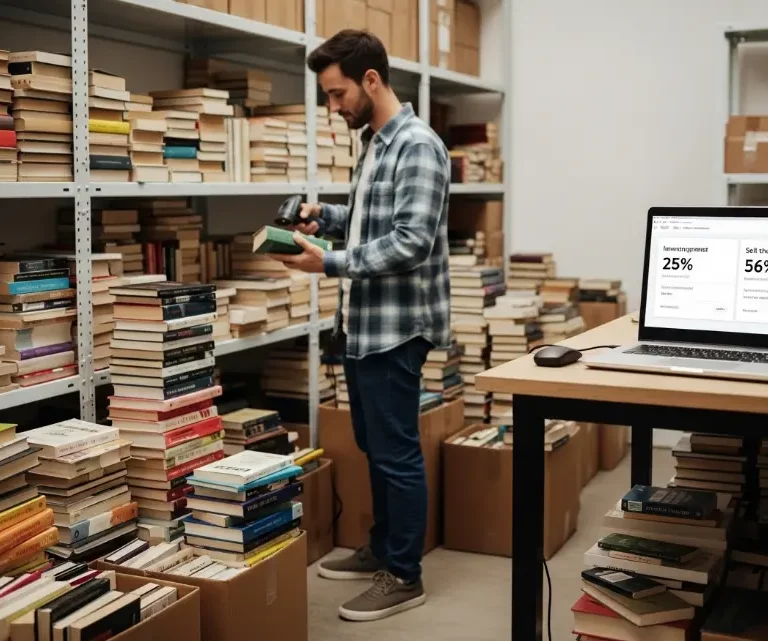Common Myths About Amazon Return Pallets

Introduction
The average return rate for e-commerce ranges from 20% to 30%. Various factors influence the return rate of Amazon pallets, including product dissatisfaction, incorrect sizing, or discrepancies between the product and its online description.
Have you ever wondered about Amazon return pallets or what everyone thinks about them? Other sellers might think you only get the damaged ones or won’t get much out of them. But here’s the thing: they might be wrong. With Amazon return pallets, you can resell them. If you have ever thought about selling on Amazon and feel overwhelmed, this might be a perfect starting point.
In this way, you can explore various products, from electronics to clothing, all at lower prices than retail. Sound exciting, right? But how do we know what we are getting into? Here are a few lists of what you might think about Amazon return pallets and how you might be wrong about some.
Myth 1: All Items in Return Pallets Are Damaged or Defective
One of the common misconceptions is that all items in return pallets you receive are damaged or defective. The truth is, many returns are simply unopened, unused, or returned due to minor reasons like “didn’t fit” or the customer changed their mind. This way, you can find items in excellent condition, perfectly functional, or even brand-new at a lower price. Think of it as a treasure hunt; while some items may have damage, the potential for finding high-quality products to sell is an exciting opportunity.
Here is the truth about Amazon’s return pallet item conditions:
- Different Product Conditions: When you buy Amazon return pallets, you should know that they usually contain items in various states. Some products might be broken or malfunctioning, but many are still in great shape and can be resold quickly. Many reports indicate that numerous returned items are new or almost new.
- Quality Checks for Return Pallets: They usually undergo a quality check before being sold in return pallets. Retailers aim to maximize profit by ensuring that only items that can’t be sold again are included in these pallets. Many products are returned because their packaging is damaged, but they can still be sold.
- Exciting Discoveries: People who buy return pallets often find valuable items, such as electronics, home goods, and popular brand products that are new or lightly used. Unboxing a pallet can be exciting and sometimes reveals items worth much more than damaged ones.
Myth 2: Buying Return Pallets Guarantees High Profits
Amazon return pallets are eye-catching for salespeople because most consider them a pathway to massive profit. However, many people don’t realize that reselling items from these pallets can be very challenging for the person trying to sell them.
Resale from Amazon return pallets can have profit margins. Most buyers purchase pallets; thinking about these makes one seem to be getting more profit in the long run. There is money to be made, but the challenge of reselling from these pallets is ignored.
Most sell at a discount and then sell parts at a more significant gain. Some sellers are reporting profits of over 30 percent on suitable items. However, profit-making is not guaranteed; many factors need to be considered, such as the item’s condition and market demand.
Buying return pallets will potentially end your profitability, but they’re not a guarantee. Profit lies in the level of quality offered by the items, market demand, and the trend in force. Staying abreast of consumer preferences would enable you to earn more and avoid losses. Storage cost, not knowing what’s in the pallet, and possibly several items deemed unsound render the scenario risky. Researching, from wise picking through market understanding, is needed to succeed in this business. You will also need realistic expectations and a wise plan to manage risks.
Myth 3: You Never Know What You’ll Get
Many people claim that buying Amazon return pallets will always be different.”You never know what you’ll get.” This oversimplifies the dimensions of this experience, which is, in fact, true. Here, we discuss the differences among items from various pallets, how sellers manifest their specific details, and tips on the research and choice of pallets to help with surprises.
The variation in the pallets consists of the source of return. Each company and every liquidator defines the return process differently. For instance, while a company’s pallet may hold electronics, clothing, and housewares, another may contain only one category. Thus, while you cannot tell precisely what you will receive, it may be possible to understand some probable varieties based on the source from which you bought the pallet.
Tips for Researching and Selecting Pallets
To minimize surprises when buying return pallets, consider the following tips:
- Ask Questions: Do not shy away from asking the seller questions regarding the item in the pallet; there will be knowledge that you can get, and the more prepared you are, the better.
- Research the Seller: Find reputable sellers with good reviews and comments about the product. A good seller will deliver a quality product matched with good information about the product.
- Consider Your Experience Level: If this is your first time bidding in return pallets, take the smaller and cheaper option to learn without risking too much.
This way, you would know what you are talking about by educating the seller, asking questions, and starting small.
Myth 4: All Return Pallets Are the Same
A common belief about return pallets is that they are all the same, but this is far from the truth. Return pallets are significantly diverse based on their source and seller, which can dramatically affect their value and contents.
Return pallets can come from different sources, such as big names like Amazon and third-party liquidators. For example, while one from Amazon may comprise electronics, home goods, and clothing, another from a third-party liquidator may deal with a narrower category or have a different quality measure. The items may also come in various conditions; some are slightly used or damaged, but others could be brand new.
All in One Software
for Book Sellers
Scout Better – List Faster – Reprice Smarter
Over 30% Business Growth
Achieved by Our Clients

Myth 5: Purchasing Return Pallets Is a Quick and Easy Process
There is a decent possibility of landing an excellent deal that would appeal to many people considering buying return pallets. Still, it is more complex and time-consuming than one would think. That is precisely why we have gathered information to uncover some interesting downfalls of buying return pallets.
Buying return pallets is a process that takes time and effort. Buyers must research reliable sellers and assess liquidation companies’ prices and types of pallets. After that, upon selecting the preferred supplier, the buyer must first set up an account and furnish business credentials. Following the purchase of the pallet, buyers organize for shipping and harbor consideration about costs and delivery times if the supplier is located far away. Other post-purchase hurdles would include cleaning or repairing items, taking high-quality pictures, writing their descriptions, fielding customer inquiries, and making shipping arrangements- once again increasing efforts.
Track Buy Box Performance Like a Pro!

Amazon Book Reselling Blueprint
Read now, explore our full guide. Your revolution starts here. Subscribe to get the blueprint!
Are you having trouble learning the ins and outs of the Buy Box? Bookz Pro’s easy-to-use feature lets you see your Buy Box wins and losses, giving you essential insights into your sales. You can also find items that don’t have a Buy Box, helping you spot unique opportunities. This information lets you make smarter decisions to improve your sales and profits. Start using Bookz Pro today and take your Amazon selling to the next level!
Conclusion
Though Amazon return pallets can be enticing and offer resellers an opportunity, it is essential to set expectations appropriately. Understanding what influences the rate of return and the different categories of products would assist in making informed and wise purchases. There is immense variation. Research is one key component that will lead you to find those valuable products; much of your hard work will pay off in a significant profit.
Frequently Asked Questions
To inquire about Amazon return pallets, create an account and establish a liquidation marketplace such as Amazon Liquidation Auctions, B-Stock, or Liquidation.com. Depending on each platform’s rules, you can browse available pallets before placing a bid or purchasing them outright.
Liquidation websites such as the following can offer Amazon return pallets:
- Amazon Liquidation Auctions (for registered business buyers)
B-Stock Supply
Liquidation.com
Direct Liquidation
Bulq
Always purchase from trusted sources to avoid scams.
No, returned items are not all damaged or defective. Most returned products are unopened and brand new. Buyers return most returned goods due to buyer’s remorse or wrong sizing. You can see minor damage to the packaging of some returned items. However, check the seller’s return policies and grading for such items if parts might be defective or missing before you open the items.
Not always. Some liquidation companies list what’s inside, while others sell “mystery boxes,” where you won’t know the contents until you receive them.
You don’t need a business license or reseller certificate to buy a return pallet. However, Amazon’s liquidation auctions require you to be a registered business. Other sites like Liquidation.com or BULlQ allow individuals to buy without that requirement.
Return pallets often include mixed or damaged items, so product conditions vary.



